We all want customers who respond to communication and show interest in new ideas and products. However, the world isn’t ideal, and real customers have an attention span comparable to goldfish.
How do you keep such customers involved and engaged? With such variety in personality and choice-making, managing customers can seem overwhelming.
Worry not, because our chaotic world is full of patterns. Your customers can be grouped into categories. Knowing this can help you attend to them, which is where CRM software steps in.
CRM software manages customer data and creates profile categories. Does this sound like jargon? Let’s simplify the idea through this quick guide.
1. What Is A Customer Profile?
In layperson’s terms, customer profiles are categories that you can sort your customers into. These act as keys to understanding customers’ behavior and using that to increase engagement.
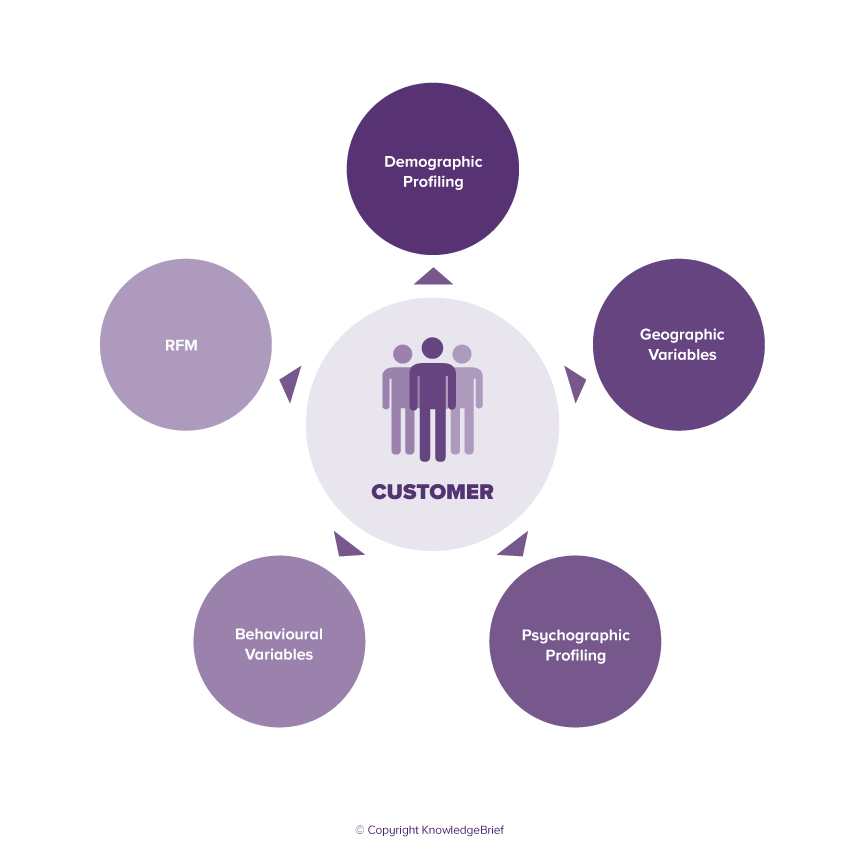
Creating profiles helps sales and management teams design material that keeps customers involved, and allows strategizing. For example, they would avoid sending emails and messages to a client who prefers phone communication.
Doing this yourself is time-consuming and exhausting. Leave the task to CRM software, and you will have data ready within no time. But more on that later.
2. Why Make Customer Profiles?
If this whole profiling idea feels like a pointless exercise, know that your sales and marketing teams are not the only ones to benefit from it. If you want to retain your customer base and grow it, you will want to create customer profiles.
1. Profiling Brings New Customers To You.
When you have a new lead, cold calling is wasteful and often has dead ends. Instead, having a customer profile to work from saves you time and brings you, new clients.
Knowing what they like can make them feel connected to your business and open to making deals with you.
2. Understanding Your Customers Helps Retain Them.
Sorting customers helps you track their compliments and criticisms. Groups of people with the same grievances can be attended to similarly, meaning that your team does not have to customize responses.
When you respond to what your customers want, they are likelier to continue doing business with you because they understand that you value them.

3. Improving Your Customer Relationship Leads To Repeat Business.
Customers are happier doing business with companies that know their customers. Remembering a customer’s preferences instills confidence and forges a strong working relationship.
Caring for your customers reminds them that they are valuable. They are happier buying your products this way, and may even recommend your company to others.
3. What Kinds of Classifiers Exist?
There is no perfect way to categorize your customers. Some classification methods are more efficient than others and hence are popular. Let’s explore some of these.
There is no perfect way to categorize your customers. Some classification methods are more efficient than others and hence are popular. Let’s explore some of these.
1. Acorn
Acorn was created based on demographic data to help with social planning. It can be expanded to work with customer profiles and has five categories:
- Wealthy Achievers – Executives and flourishing families
- Urban Prosperity – Prosperous professionals, educated urbanites, aspiring singles
- Comfortably Off – starting out, secure families, settled suburbia, pensioners
- Moderate Means – Asian communities, post-industrial families, blue-collar workers
- Hard-Pressed – struggling families, singles

2. Life Stage Groups
A more straightforward classification method, this categorizes your customers into their age profile as:
- Pre-family – Non-parents 45 or younger
- Family – People with kids 16 years old or younger
- Third age – People between 45 and 64 who have kids younger than 16
- Retirees – People older than 65, empty nesters
3. ABC1
This categorization helps you find who is the decision-maker in a company. Here:
- A – higher managerial seniors
- B – intermediary managerial heads
- C1 – junior managerial, clerical, or supervisory people
- C2 – skilled manual workers
- D – unskilled or semiskilled workers
- E – unemployed people
Other categories can be created based on geodemography, generation, and psychographics, among others.
4. How Does a Customer Profile Look Like?
Based on your target audience, your ideal customer profile will change. But here are some common categories you might see:
1. Demographic-Based Buyers
This buyer profile has enough information about them based on their demographics. For example, a young woman with a busy career will not want to be disturbed by calls. Emailing her is the best way to get across.
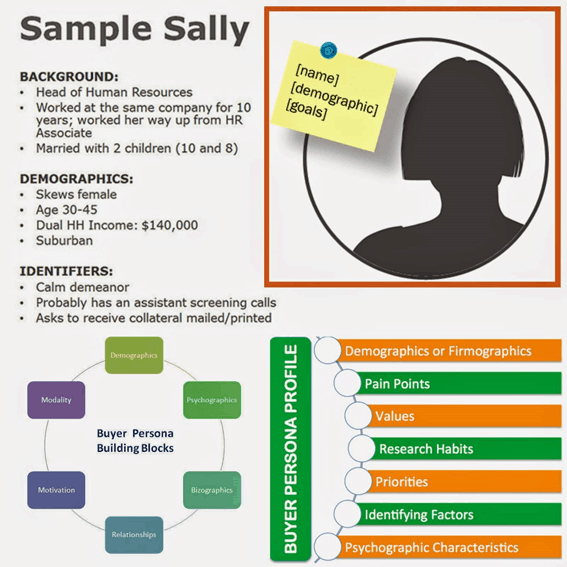
2. Shopping Behavior-Based Buyers
Such buyers are predictable through their shopping history. A person who frequently shops online will want to have reminders and trend news sent to them. Forwarding product inspirations to such buyers can encourage them to engage with you more.
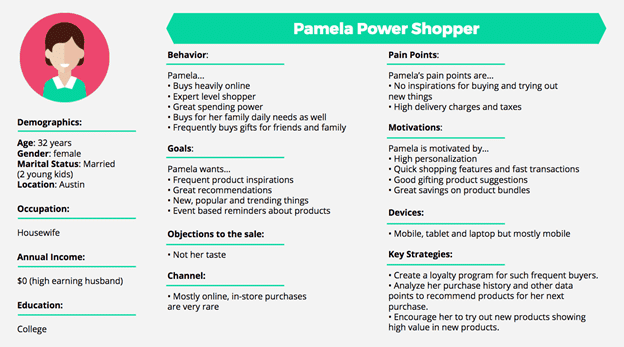
3. Business Executive Buyers
People in power usually has much experience. They are innovative and willing to engage with personal communication. An executive generally knows what they want and wants to have their concerns resolved.
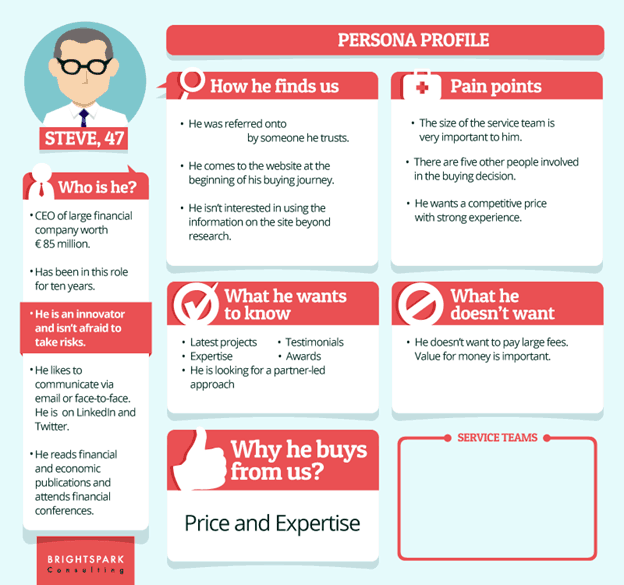
4. Making Ideal Customer Profiles
Customer profiling is straightforward but requires a good amount of computing. The four basic steps followed are:
1. Reviewing External Attributes – Reflect on your product and see who your ideal customer is. Consider the following:
- Target economy
- Customers’ employee strength
- Customer location
2. Studying Contextual Details – Go a level deeper, get context about your customers. Think of them in terms of:
- Team size
- Challenges they face
- Technology used
- Goals
- How your product helps them
3. Developing Personas – Think about your customers on a personal level. Get the following information:
- Occupation
- Age
- Education
- Income
- Marketing channels
- Responsibilities
4. Introducing Services – Ask yourself what role you play in customers’ lives. How does your product add value? Can you solve their problem? Why are you better than your competitors?
Using CRM To Create Customer Profiles
CRM software is designed to help with customer relationships. Using them is easy and saves a lot of time. To get started, here’s what you can do:
1. Sign Up With A Provider – While there are plenty of CRM providers in the market, EngageBay offers the most competitive pricing plan and all features as its competitors. Sign up to get free sales CRM.
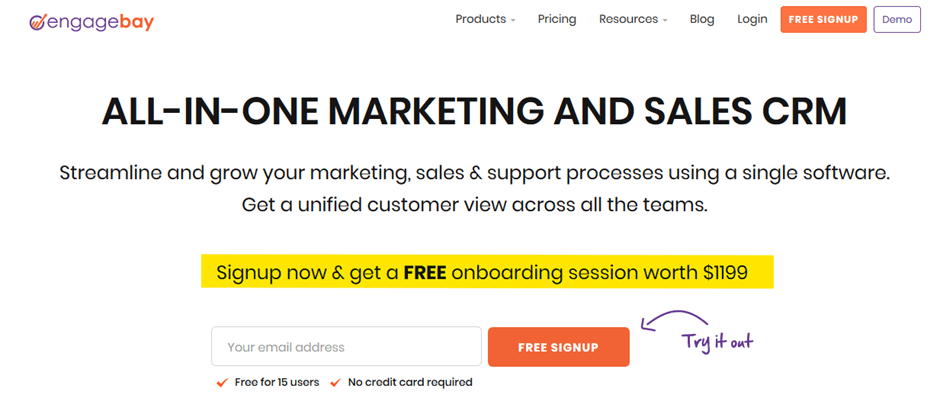
2. Add Contacts – If you already have a contact database, you can import it into your CRM. In EngageBay, it is placed in the marketing section, where you can also create filters.

3. Filter Contacts – CRM software helps get overviews of customer bases. Filter contacts to see how to categorize your customers best.

4. Use The Profile – Now that you have categories of customers, all you must do is get in touch with them. Create custom engagement material and start sending it out!
Conclusion
Customer profiles optimize sales by eliminating guesswork. Using the information that contacts provide, you can nurture your customer relationships and guide them towards purchases.
When CRM software makes it so easy to develop profiles, why not get started today? Sign up with EngageBay to try out a host of services at unbeatable prices!


Your ultimate guide for CRM software is really great and superb. Thanks for making such kind of helpful content.
A great read bro. Reading it for the second time . Every small and medium business should start their crm..post more content like this.
Glad you liked Chayan.
Certainly Chayan, CRM is the basic need. Thanks for going through.